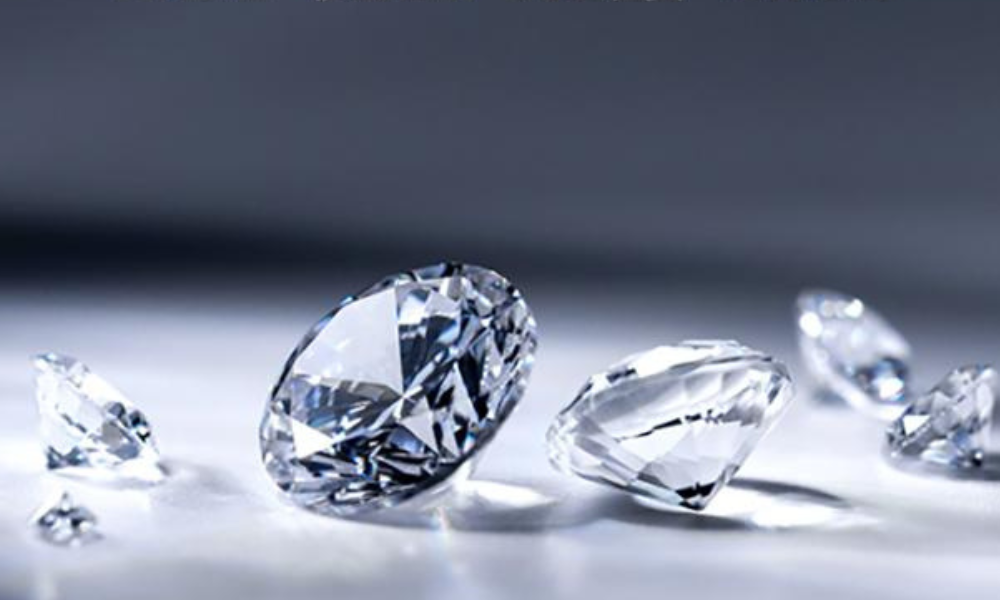
why are lab grown diamonds so expensive?
CaratinyTeamLab-grown diamonds were always relatively expensive until 22 years ago, with a typical 30-40% price difference compared to natural diamonds. Fast-forward to '24, and we have witnessed a dramatic change—the price of lab-grown diamonds has plummeted by as much as 75% compared to the beginning of '20. By the end of the year, a 1.5-carat lab-grown diamond was about 80% cheaper than a natural diamond of the same quality.
The price of lab-grown diamonds has fallen dramatically in recent years, and after five years of market adjustments, supply has now leveled off and prices have stabilized. At the beginning of the year 25, the average cost of a one-carat lab diamond ranged from $500 - $1,000. Here's what you should know.
1. Reasons why lab-grown diamonds were expensive before
- Lower technological maturity:
Early laboratory diamond production technology was not yet mature enough to simulate the natural diamond production process, which required complex instrumentation, sophisticated process control time-consuming growth processes, and higher overall production costs.
- Limited production capacity:
Only a few companies have mastered high-end diamond cultivation technology, which is strictly controlled and protected. Laboratory diamonds are produced on a small scale with limited production capacity, making it difficult to meet the increasing market demand.
- Inadequate regulatory policies:
Regulatory policies for the laboratory diamond industry are poorly institutionalized, with large loopholes in traceability, marking, etc., which also create uncertainty in pricing.
- Demand for high-end positioning:
Early adopters of laboratory diamonds are more likely to view them as luxury and high-end consumer goods and accept higher prices.
Given the lack of technological sophistication and limited supply, the price level of laboratory-grown diamonds is high, mainly until 2022, with a spread of between 30 and 40 percent over natural diamonds. As production technology advances, regulation becomes more sophisticated, and consumer perceptions change, the price of laboratory diamonds gradually decreases.
2. Why lab diamonds are cheaper from 2022 to 2024
- Technological advances and capacity increases:
As laboratory diamond production technology continues to be refined and optimized, the cost of manufacturing has been gradually reduced. At the same time, major producers have significantly expanded their production capacity, raising supply levels.
- Increased competition:
More new entrants and research organizations have entered the laboratory diamond market, increasing competition within the industry. Producers are lowering prices to attract consumers.
- Changing consumer demand:
Consumers are increasingly accepting and favoring laboratory diamonds and no longer view them as inferior products. Producers have responded to the changes in the market and have taken the initiative to adjust their pricing strategies.
- Natural Diamond Prices Falling:
In recent years, the price of natural diamonds has also been on a downward trend due to changes in the economic environment and other factors. This has further depressed the relative pricing space for laboratory diamonds.
During this period, technological advances, increased competition, changes in consumer demand, and the decline in the price of natural diamonds combined to cause an overall decline in the price of laboratory-grown diamonds. This has stimulated consumption to some extent, and at the end of November 2024, sales of lab-grown diamond jewelry were up 12.5%. Currently, the average price of a one-carat laboratory diamond ranges from $500 to $1,800, depending on quality.
3. The next price trend for lab diamonds
Laboratory diamond prices have entered a new phase of relative stabilization, as supply and demand in the market have been brought into balance. This change can be seen in two key signals:
- Narrowing of the decline
Laboratory diamond prices have been on a downward trend over the past few years, largely due to cost advantages resulting from advances in production technology and capacity expansion. Today, this downward trend is gradually slowing, indicating that prices are approaching reasonable levels.
- Small price increases
At the end of December 24, the major producers of laboratory diamonds generally increased their prices by approximately 10%. This certainly sends a signal that supply and demand have stabilized and that price movements are becoming more rational.
In general, after an initial rapid decline, laboratory diamonds have entered a relatively mature phase of development. Prices are stable, and supply and demand are basically in equilibrium.
In conclusion, whether it is natural diamonds or laboratory diamonds, it is ultimately a consumer product, in the past two years have experienced a decline in prices, its true value is that it represents a heartfelt story in life, a flash of a moment.
